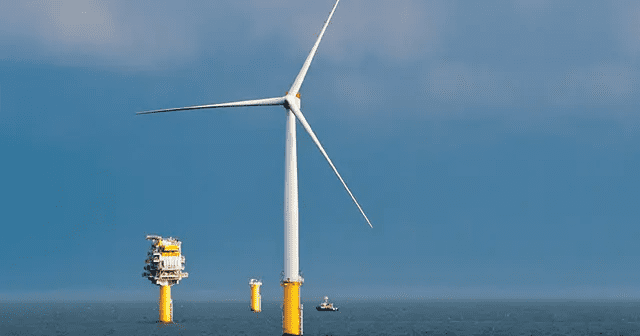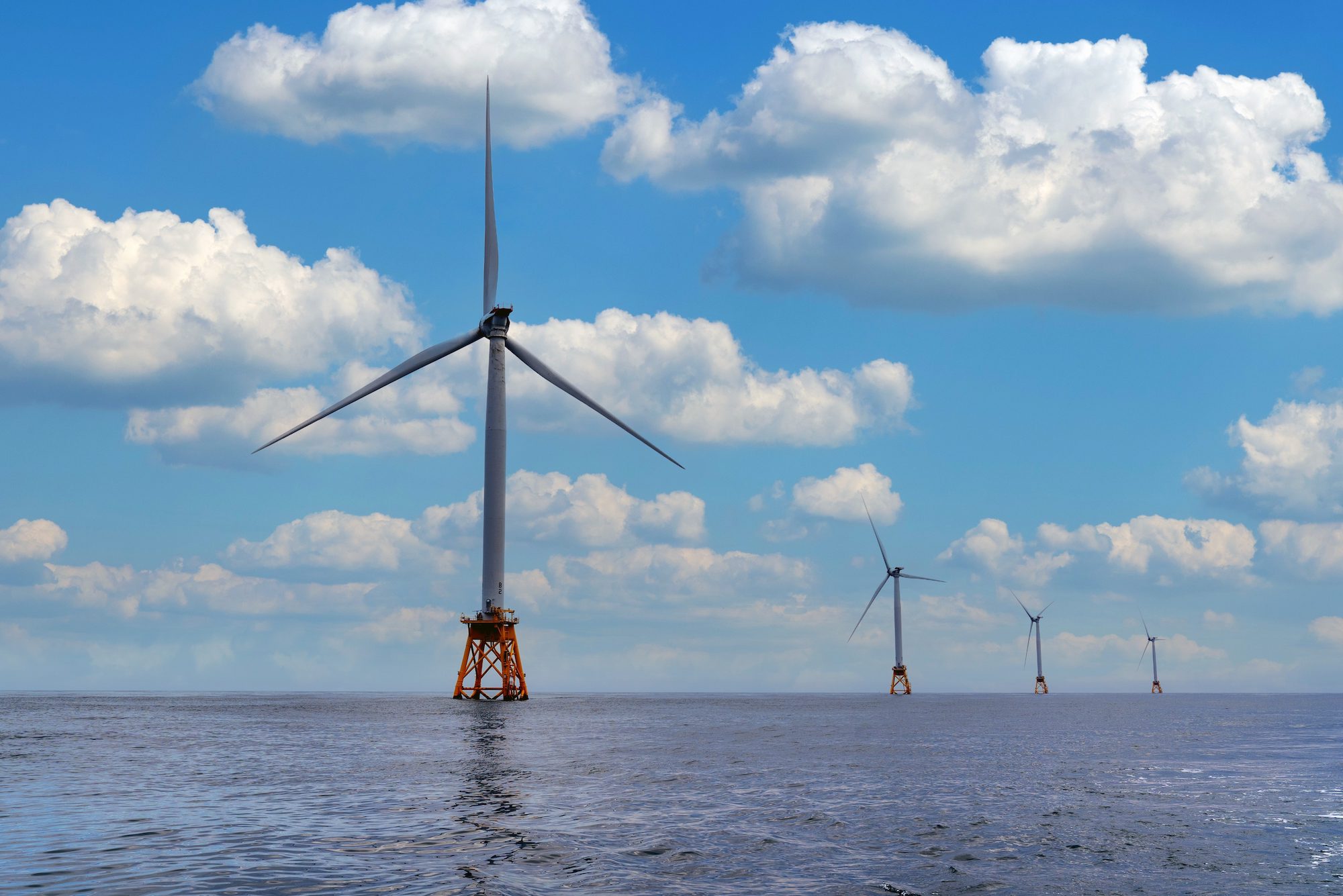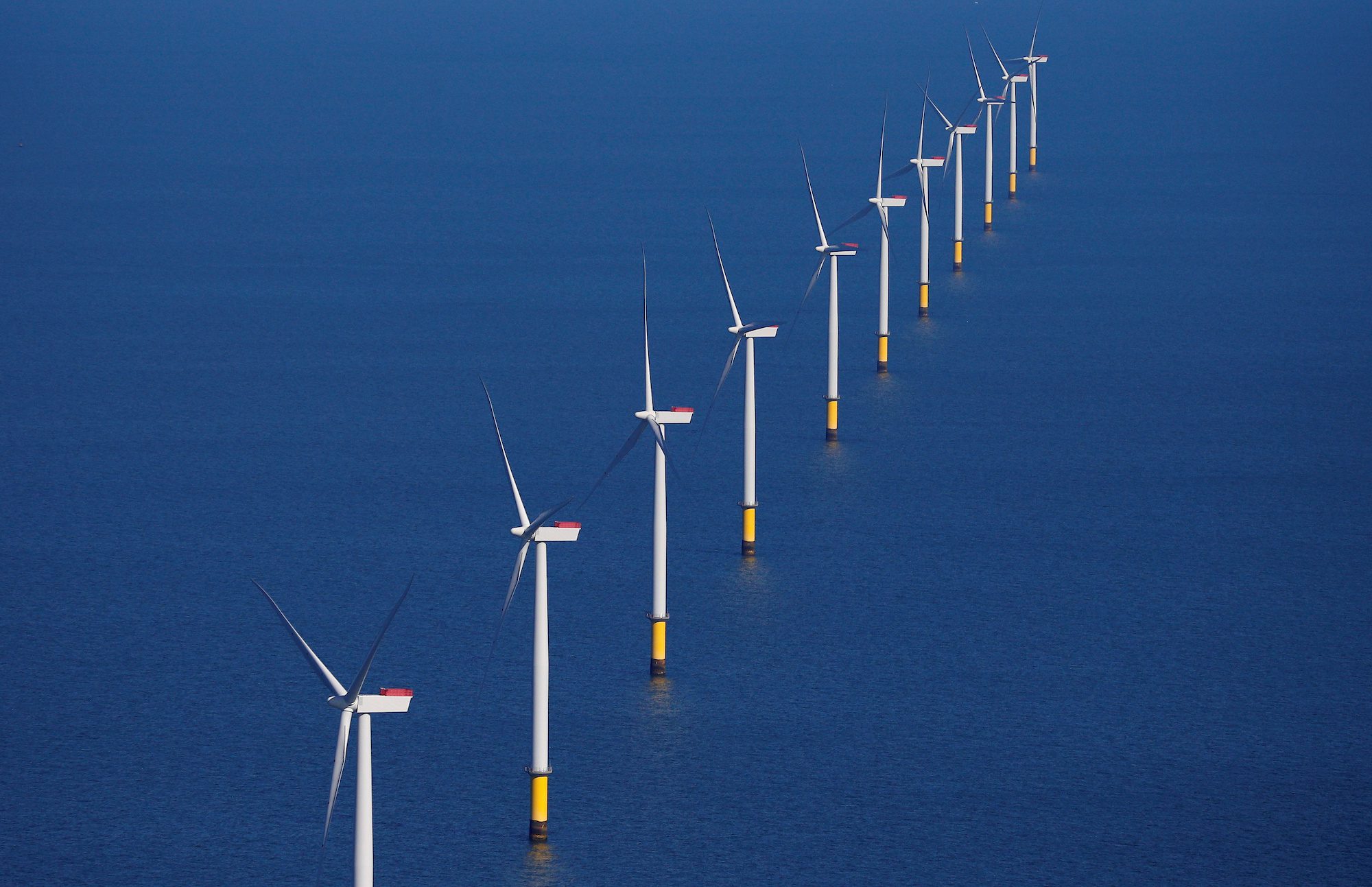
Whether you’re working on a wind farm installation, planning routine maintenance, or planning to decommission a site, it’s clear that weather conditions can impact your work. This situation has been the case since the very early days of offshore wind farms. But it’s not just about operations, the weather impacts every phase of a project lifecycle.
So why now? We’ve identified four trends that answer this question.
1. Wind speeds and wave heights are increasing
According to Science, the world’s oceans are becoming more stormy. Over the last 30 years, observations note increases in average wave height and wind speeds – vital metrics for evaluating safety thresholds for offshore wind farms.
Depending on the precise level of wind speed, this could be a boon for the industry. A study published in Nature, reveals global wind speeds since 2010 have recovered to levels last seen in the 1980s. Essentially more wind means more opportunities for power generation, as long as it doesn’t breach safety levels.
However, increased in wave heights can be detrimental. In the Southern Ocean, for example, average wave heights have increased by 5% or 30cm. If the trend sustains over time, it means that the sea conditions would become more extreme and, consequently, make planning access to offshore wind farms a more significant challenge.
Take away: Wind speeds and wave heights are increasing. While this opens more opportunities for power generation, it also increases the likelihood of conditions impacting installations, operations, maintenance, and decommissioning.
2. Accurate estimates of power generation yields are essential for profitability
Accurately estimating the power yield from a site is essential for profitability. The more accurate the wind measurements on a proposed site, the more likely the wind farm is to deliver on its expected energy yield. Miscalculations can have long term effects. One offshore wind farm developer overestimated the power generation at its sites by up to 2%. The miscalculation reduced the value of the company’s stock by 10% at an estimated tens of millions of dollars a year.
Take away: Accurate weather data helps to make accurate power projections, which helps protect profitability. Even small miscalculations of power yield can be costly mistakes.
3. Managing company reputation and preventing false alarms
With very few offshore wind farm projects delivered on time and budget, the pressure is on the industry to reduce costs. The reputation of individual companies is affected when they do not keep to cost estimates. But it also impacts the ability of the whole sector to secure investment, as it is perceived to be riskier than other investments.
Deciding whether there is a suitable weather window to perform part of the project relies on confidence in the weather data. If it’s not clear whether the window exists because it’s a close call, then it is even more important to have accurate weather data. Making the wrong call to work when conditions mean it’s not safe, or not working and discovering the weather window did exist after all, reflects poorly on the company’s reputation. These false alarms also increase project costs either loss of productivity or causing preventable damage to assets and equipment.
Take away: Accurate weather data ensures greater confidence in decision making and prevents costly false alarms. It also helps reduce risks by enabling companies to make informed decisions on appropriate weather windows for work.
4. Sites are moving further offshore
The trend to develop more offshore wind farms means moving further away from shore to meet increasing demand. Prime locations close to the coast are mostly occupied, which means the offshore wind industry has no choice but to build further away.
There are two main challenges with this trend. First, moving further from shore can result in stronger winds and larger waves. Second, the likely longer travel times to and from the site means vessels and equipment will need to be hired for longer, increasing the costs, especially if work overruns.
Take away: Working with a weather partner to identify suitable weather windows for access and work will reduce the risk of work running over due to the weather and minimize the cost of travel related to the site location.
The challenge for offshore wind farms is to balance changing weather conditions, cost-savings, and efficiency – all while maintaining their reputation and accepting that sites are moving further away from the shore. Planning and adapting to these offshore trends with accurate weather forecasts can help minimize risks and protect assets. Read the white paper Weather at Every Stage: How Accurate Weather Data Improves Efficiency for Offshore Wind Farms to learn more.

 Join The Club
Join The Club










